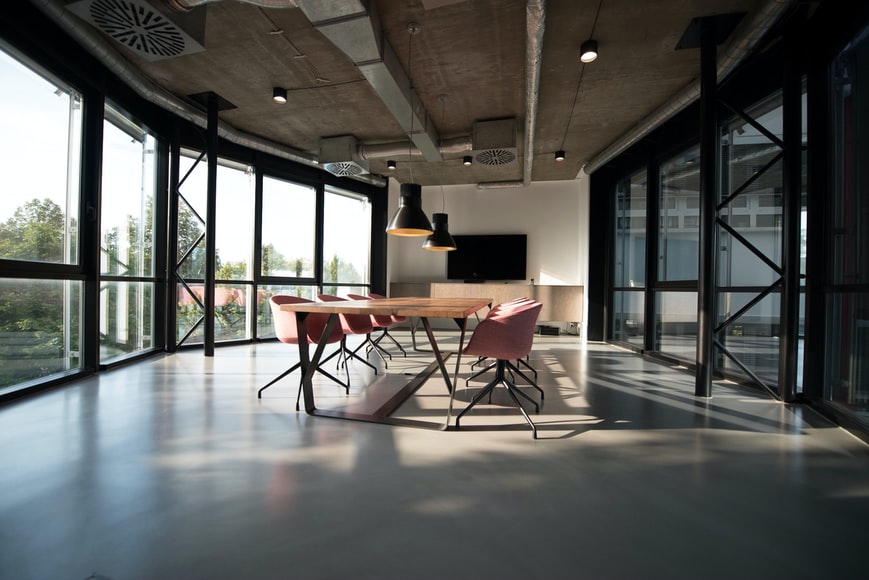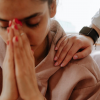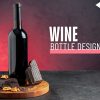The workplace is where most people spend their time. On average most people spend more than 8 hours in their workplace. That is a very long time and the least you can do is be sure that the workplace you provide for your staff is safe. A safe work environment will keep your staff safe and motivated and therefore increase productivity. There are several things you can do to ensure that you provide a healthy workplace for your employees.
1. Cleanliness

Ensure the workplace is clean at all times and is free of any clutter. A cluttered workplace can cause accidents and inconveniences. Keep the walkway and ensure everything is returned where it’s supposed to be. Any spills should be wiped as soon as it happens.in this day of coronavirus it’s important you get your employees with a good face mask and hand sanitizers to ensure they stay safe. And if you can, let them work from home just to keep them safe.
2. Train Your Employees
Train your employees on safety measures in the workplace. You can even outsource professionals to train your employees in safety practices and ensure all employees go through the training and practice what they learn.it may seem like an unnecessary expense but trust me it will save you a lot of employee injury and also keep your employees safe and productive. You also partner with occupational clinicians who can do regular inspections and alert you on areas where there is a potential risk of harming or injuring your staff.
3. Use Signs and Label Everything
This sounds very simple but it can really help in keeping the workplace safe. It is basically communicating informing everyone where everything is and where everything is happening. For example, when the cleaning staff is doing cleaning they should always put a sign for wet floors or slippery floors to prevent people from slipping and falling which may cause injuries or destruction of property.
For example in lab labels, things that could harm people for example radioactive material, sharp objects, etc. They should always be clearly labeled. Hospitals and laboratories should take labels and signs very seriously because accidents in such places could be fatal.
4. Provide the Necessary Equipment for Your Employees
Provide protective gear for your employees where necessary. The right equipment will improve your employees’ productivity. For example, hospitals provide PPE and the necessary protective gear for doctors and nurses who are dealing with contagious diseases. This will encourage the doctors to treat their patients better because they know they are well protected.it will also keep them safe from infections. Also, ensure all employees understand all safety practices and adhere to them to protect themselves and others in the workplace.
5. Encourage Rest for Your Employees
You can provide a break room where your staff can go to rest and relax. We have heard stories of employees harming themselves due to work pressure. Encourage your employees to take breaks when necessary. If possible you can even provide an in-house therapist to help employees deal with work pressure especially if the job is emotionally intense for example in hospitals.
6. Fire Safety
Fire is one of the leading dangers to both homes and also workplaces. Fires can be caused by many things. But the cost in workplaces is electric fires. You should be very difficult with electricity in the workplace. Switch off all appliances that are not being used, avoid overloading of sockets. Conduct regular repairs and maintenance, repair all damages as soon as they are discovered. Get the circuit breaker manufacturing company to show you where they install the circuit breaker and how exactly it is used in case of any problem.
Electricity is not only the cause of fires in workplaces. Some workplaces especially restaurants have other things that can cause fires like stoves, grease, etc. For restaurants ensure that the kitchen is well equipped with firefighting essentials like fire extinguishers.
7. Hold Meetings on Safety Often
Have regular meetings to review safety measures. Communicate new measures and brainstorm on the already implemented rules of safety. You can also welcome new ideas to improve safety for everyone. Make it easy for your staff to communicate safety concerns that they may have. They can also report incidences as soon as they happen and potential dangers too. You can also appoint one of the staff members to be in charge of safety in the workspace for easier communication. Reward employees who practice safety measures so that you can encourage the rest to follow suit.
8. Create a Safety Culture
Make workplace safety culture in your business. Incorporate safety behavior in your day-to-day activities let it be part of your company policy and culture. Make safety as important as your core business. Let the staff understand the importance of safety. Identify the most causes of injury in your workspace for example if you run a restaurant and the main injury is burns make it everyone’s responsibility to observe fire safety even though they do not deal with fire directly.
Conclusion
It is your responsibility as an employer to keep your employees safe when at work. You should provide a conducive environment for all your employees to be comfortable while they work. A safe environment also increases the productivity of your employees. Keeping your employees safe and preventing injury can also protect you from legal issues.
Read Also:

























